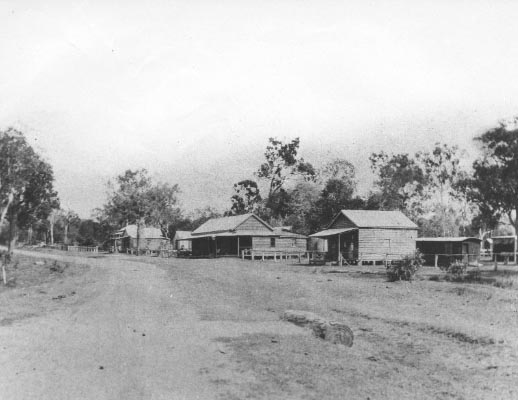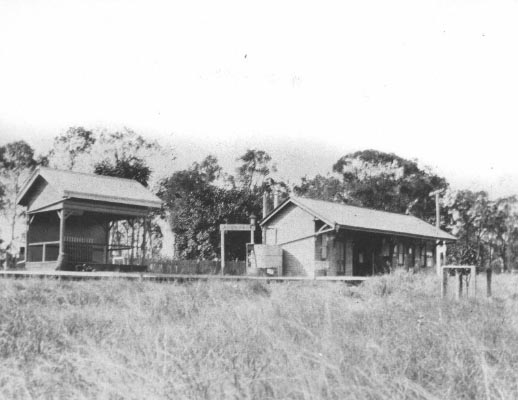
The establishment of Avondale as a town and district was due to its location on the navigable Kolan River, which caught the attention of late 19th century pioneers with its agricultural potential, having both a wealth of timber and fertile soils.
Situated 25km northwest of Bundaberg CBD, Avondale was named after the agricultural estate ‘Avondale Farms’, which was offered for sale in 1891 by Mr W. E. Curtis.
The area was part of Colanne Station (the origin of ‘Kolan'), and its owners subdivided it into 66 agricultural farms of 25 to 45 acres each and a village settlement of 100 quarter acre blocks, as well as some smaller garden lots.
The land was offered for sale around the time of the opening of the North Coast Railway between Bundaberg and Rosedale, and Avondale became one of the stops along the route.
An 1891 advertisement in The Telegraph, Brisbane, promoted a special excursion train service for potential purchasers, and endorsed Avondale Estate as ‘the richest soil in Queensland’.
Early newspaper articles and advertisements about the area highlighted the suitability of the land for growing sugar cane.
Agriculture key to early establishment of Avondale

A tramway was constructed connecting the ‘Avondale Estate’ with the North Coast railway, from where the sugar cane was railed south to the Fairymead junction and then by a private tramway to the Fairymead sugar mill.
The town subsequently developed around the railway station.
Avondale State School opened in 1895 and soon became an active part of the community, hosting dances, concerts and fundraisers.
The importance of the Avondale district as a sugar growing centre was further reinforced when Frederic Buss of the Invicta sugar mill constructed a tramway in 1911 from the mill to Avondale to increase the amount of sugar cane the mill crushed.
The World War I Honour Board for the Avondale district is located in Tegege Hall, and honours 31 men from the district who fought in the Great War.
The Historic Avondale Cemetery is located 400 metres north of the current township, on the corner of Avondale and Miller Roads, adjacent to the Kolan River and the railway line.
Current day Avondale is a rural community surrounded by farming properties, notably macadamia and sugar cane, and with a population of 701 people recorded in the 2021 Census.




